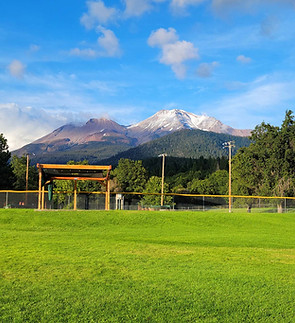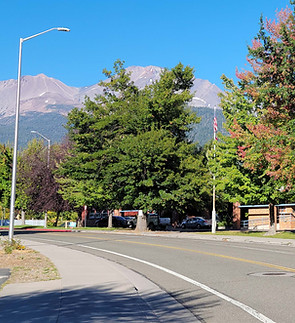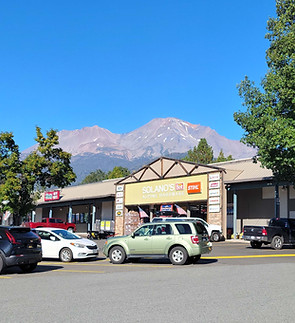
Relocation to Mt Shasta
Mt. Shasta draws visitors from all across Northern California as a gateway to world-class recreation, known worldwide for picturesque mountain terrain and excellent quality of life. A unique blend of friendly neighborhoods, attractive parks, fine restaurants, and prosperous businesses makes this well-rounded city the jewel of Siskiyou County.
A population of 3104 maintains the “small-town” atmosphere that makes residing here so desirable. The streets are safe and clean, local businesses provide a stable financial base, and there is a great community spirit for all to enjoy. Located only an hour’s drive north of Redding, the City of Mt. Shasta has easy access to the excitement and amenities of nine counties within the area, while retaining its own identity as the recreational and cultural hub of the Shasta Region.
A town with pioneer beginnings, Mt. Shasta is a scenic getaway, an artists’ colony, and a tourism center. As a community, it’s vibrant and family-oriented with abundant outdoor recreation. With almost 26,000 visitors yearly, tourism is the major industry and largest contributor to the local economy. The breathtaking scenery, delightfully different seasons, clean air and water, and unlimited recreational opportunities continue to attract people from all points of the compass.








